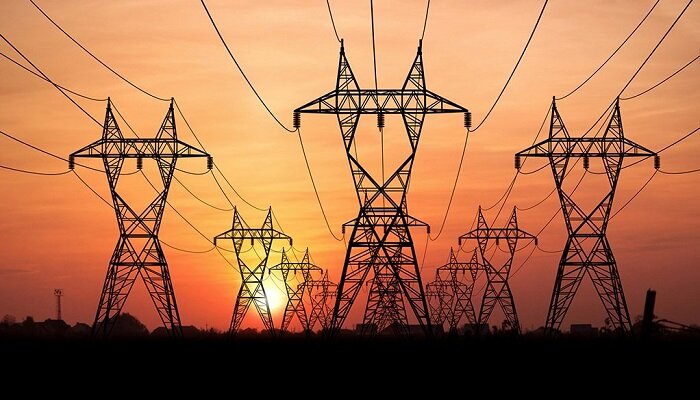In a recent development, SP Energy Networks has gone on to announce tenders worth £5.4 billion, or $6.8 billion, in investments across the transmission infrastructure throughout central and southern Scotland.
It is well to be noted that the work to take place across the next ten years is going to include new high-voltage substations, design, construction, engineering, overhead line construction, and electrical works.
The overhead line works will go on to include the refurbishment as well as the reconditioning of a 400KV line that involves a high-temperature low-sag conductor system, along with the design and construction of another 400kV, 275kV, as well as 132kV lines.
The substation works go on to include both the construction of new substations as well as the extension of existing substations.
It is worth noting that this happens to be one of the most major infrastructure rollouts so as to upgrade the grid in order to support the electrification of the broader economy, says CEO of SP Energy Networks, which is the grid business of Iberdrola subsidiary ScottishPower, Vicky Kelsall.
They have the plans and also the financial capital so as to invest, and the fact is that the UK supply chain stands ready to get benefits to the tune of billions.
Notably, the works in what happens to the company’s largest contract ever happen to be aimed at supporting integration when it comes to renewable energy, with almost 85 GW of clean energy that is due to be connected to the transmission system in Britain.
Significantly, the UK government went on to announce plans to almost halve the time that it takes to develop high-voltage power lines as well as slash the time it takes in order to connect to the grid, both of which hold the key to speeding up renewables’ integration in addition to meeting emission reduction objectives.
The expressions of interest in the works are due by January 31.
Notably, in December 2023, SP Energy Networks went on to announce the completion of the first section of a five-year investment programme worth £200 million in its 132kV network across England and Wales.
Apparently, the first phase at Dee Valley in northeast Wales and north Shropshire, as well as Cheshire in central England, went on to include the modernization of 42km of overhead power lines along with the refurbishment of 225 structures so as to make the network future-ready when it comes to new technologies like electric vehicles.




































